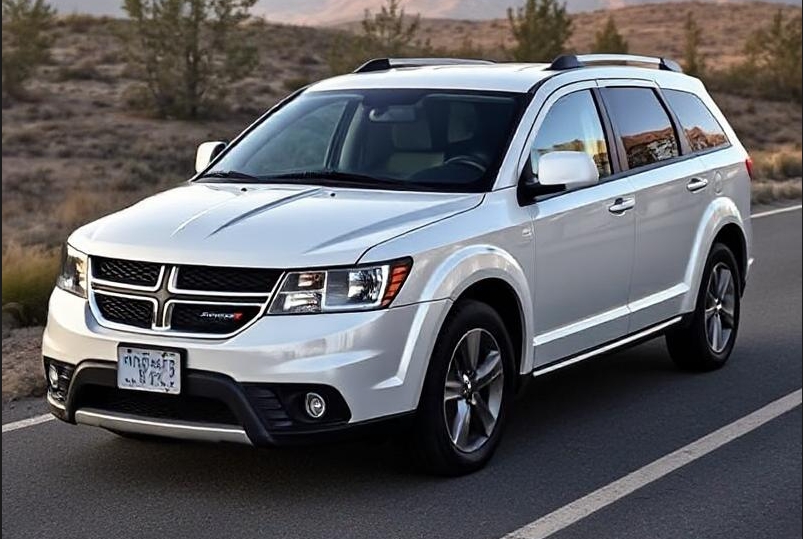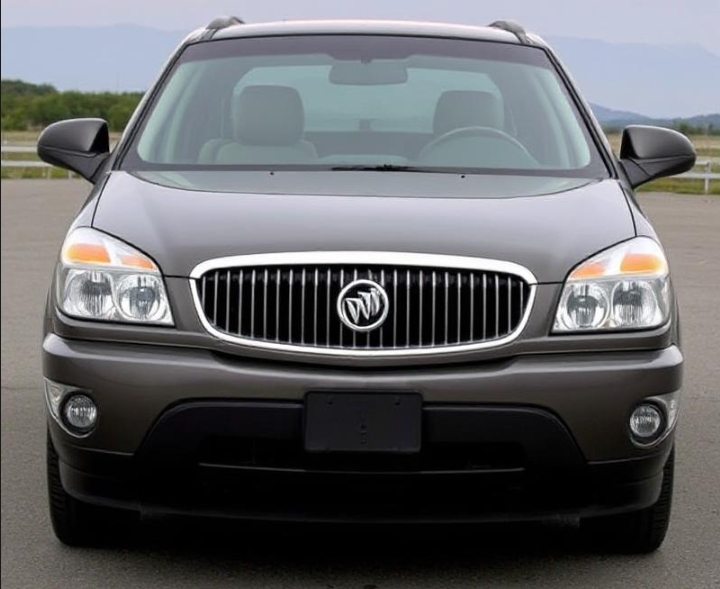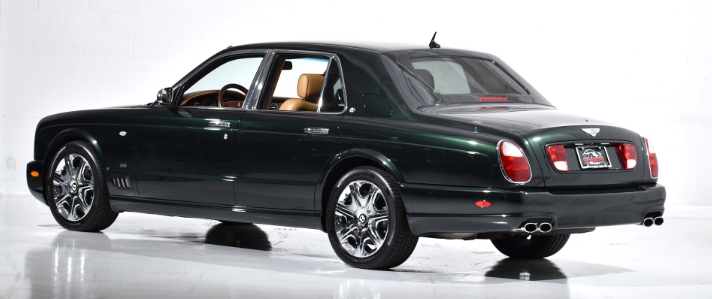The Evolution of the Dodge Journey
The Dodge Journey is a midsize crossover SUV that has carved a niche for itself in the competitive automotive market since its initial introduction in 2008. Known for its versatility, spacious interior, and family-friendly features, the Journey has attracted a diverse buyer demographic. This article explores the evolution of the Dodge Journey, detailing its production years, various models, and the trim levels offered throughout its existence.
First Generation: 2008 – 2020
Concept and Introduction
The Dodge Journey was unveiled at the 2007 Frankfurt Motor Show and was intended to fill the gap between the Dodge minivan and sedan lineup. Chrysler aimed to create an affordable, family-friendly crossover that offered ample space and functionality, ultimately releasing it in 2008 as a 2009 model.
2009 – The Beginning
The 2009 Dodge Journey was a unique blend of mid-size SUV attributes with innovative features. It came standard with a 2.4-liter four-cylinder engine that produced 173 horsepower, with an optional 3.5-liter V6 engine available that offered 235 horsepower. The Journey was offered in several trim levels: SE, SXT, and R/T. Key features included a 4.3-inch touchscreen display, a six-speaker audio system, and a spacious cabin that could accommodate up to seven passengers.
2010 – Minor Updates
In 2010, Dodge made subtle changes to enhance the Journey. The SXT and R/T trims received new features, including standard Bluetooth connectivity and an enhanced audio system. The four-cylinder engine found improvements in fuel efficiency, and customers began to appreciate the agility and ride comfort of the Journey.
2011 – Facelift
By 2011, the Journey underwent a facelift that included a new front fascia, updated headlights, and new taillights. The cabin also saw significant improvements, with higher-quality materials and a new 8.4-inch touchscreen infotainment system, making its debut. The addition of safety features such as rear parking sensors and a rearview camera became more common in the lineup. The previous trims remained, adding appeal to a broader audience.
2012 – New Trim and Features
In 2012, Dodge introduced the “Crew” trim level, which added leather upholstery and advanced infotainment features. New options included a 3.6-liter V6 engine paired with a six-speed automatic transmission, which significantly improved the Journey’s performance. The Journey also featured an optional all-wheel-drive system, making it more versatile for different terrains.
2013 – Further Upgrades
The 2013 model year showcased enhancements in technology and safety features. The top-of-the-line R/T trim became more luxurious, offering an upgraded sound system and advanced navigation features. The introduction of the Blacktop Package added an aesthetic flair, with blacked-out wheels and accents appealing to a younger demographic.
.
.
2014 – Fuel Efficiency Focus
In 2014, Dodge placed a stronger focus on fuel efficiency. Standard features were upgraded across all models, including a rearview camera and touchscreen interface. The Journey continued to offer the four-cylinder and V6 engines. The SXT and Crew models combined affordable pricing with a myriad of standard options to enhance overall utility.
2015 – Interior and Tech Improvments
Continuing the evolution, the 2015 Journey saw some minor exterior tweaks, but the most notable changes were inside. New technology features such as a redesigned dashboard, an upgraded infotainment system with Apple CarPlay and Android Auto integrations, and enhanced storage solutions improved practicality. Trim levels remained largely consistent with previous years.
2016 – Sporty Offerings
The 2016 model recognized the sporty dynamics of the Journey, introducing the GT trim. The GT featured sporty styling cues, upgraded suspension, and performance-oriented features aimed at younger buyers looking for a family vehicle without compromising liveliness.
2017 – Final Production Year
The last major changes to the Journey occurred in 2017 when the vehicle received a series of small updates rather than a complete redesign. The Crossroad trim joined the lineup, blending ruggedness with versatility. As demand for crossovers surged, the Journey maintained its status quo, often viewed as an older, but reliable choice.
The End of an Era: 2020 Production Cessation
By 2020, Dodge officially discontinued the Journey, with the final production occurring that year. While the Journey was well-received for its spaciousness, family-oriented features, and competitive pricing, it faced stiff competition from more modern SUVs. The rise of the Dodge Durango as a more robust option in Dodge’s SUV portfolio led to the Journey’s phase-out.
Trim Levels Through the Years
Over its production run, the Dodge Journey featured numerous trim levels, with certain variations across the years:
- SE – Focused on basics with practical features.
- SXT – Mid-level comfort and convenience.
- R/T – Sporty design, additional features for a premium experience.
- Crew – Added luxury and technological upgrades.
- GT – Sporty enhancements, aimed at performance-oriented drivers.
- Crossroad – Rugged, versatile trim with a striking design.
- Blacktop Package – Offered various trims an aesthetic boost with dark accents.
Legacy and Conclusion
The Dodge Journey’s legacy lies in its ability to adapt to the shifting automotive market while providing practicality and value for family-oriented buyers. Though the Journey is no longer in production, it set the stage for future crossovers by demonstrating the importance of blending space, safety, and technology in a family vehicle. While its absence is noted in Dodge’s lineup, the Journey’s spirit persists in the adaptable, spacious nature of crossover SUVs that continue to dominate the automotive market.







